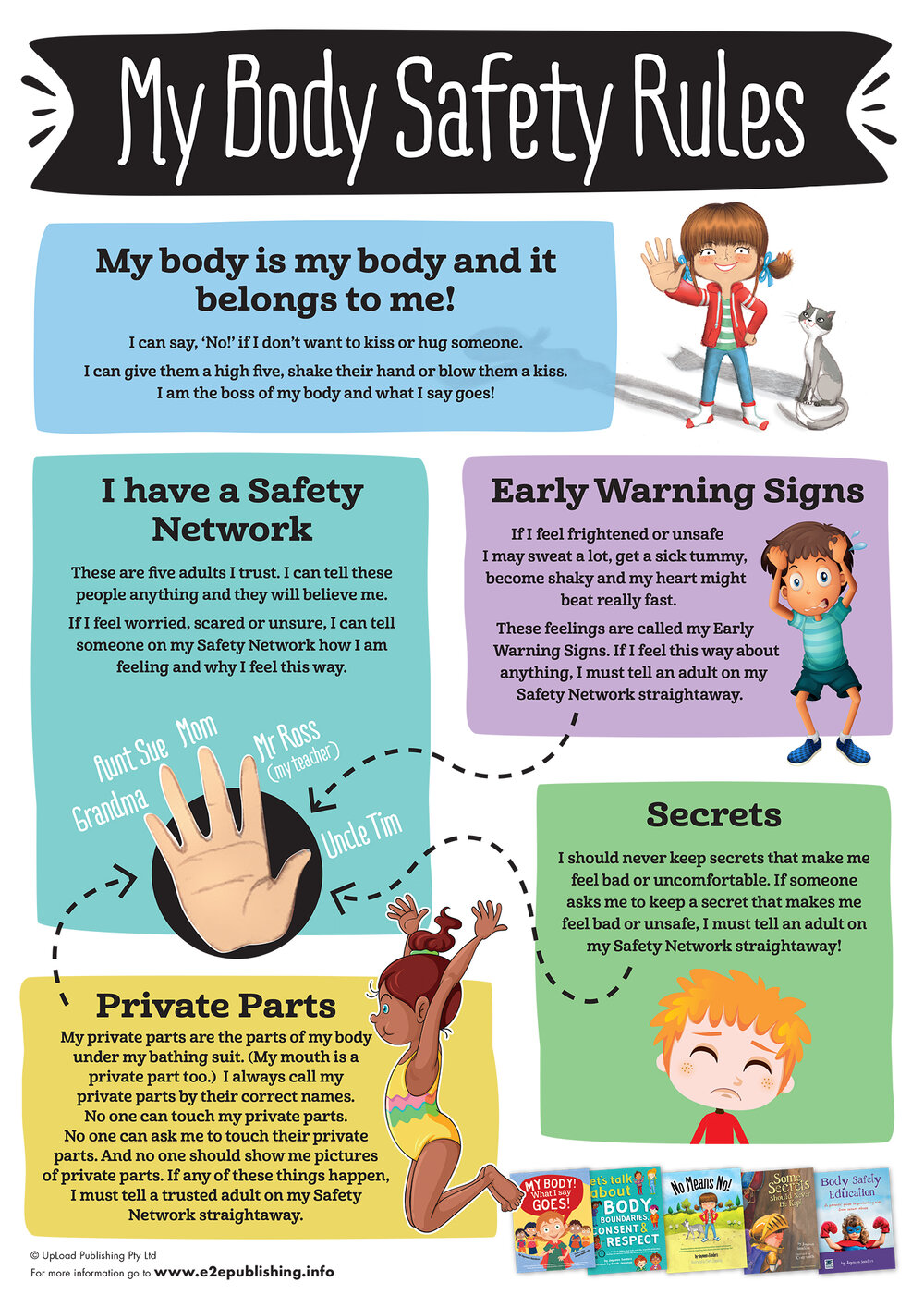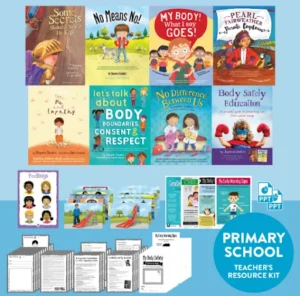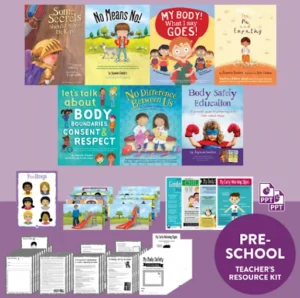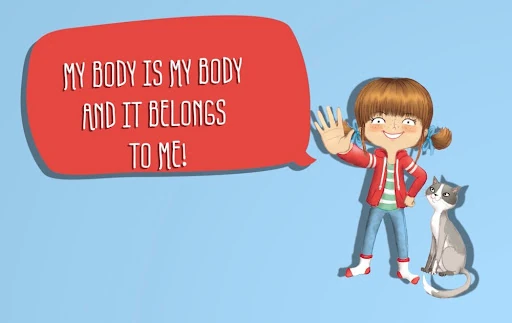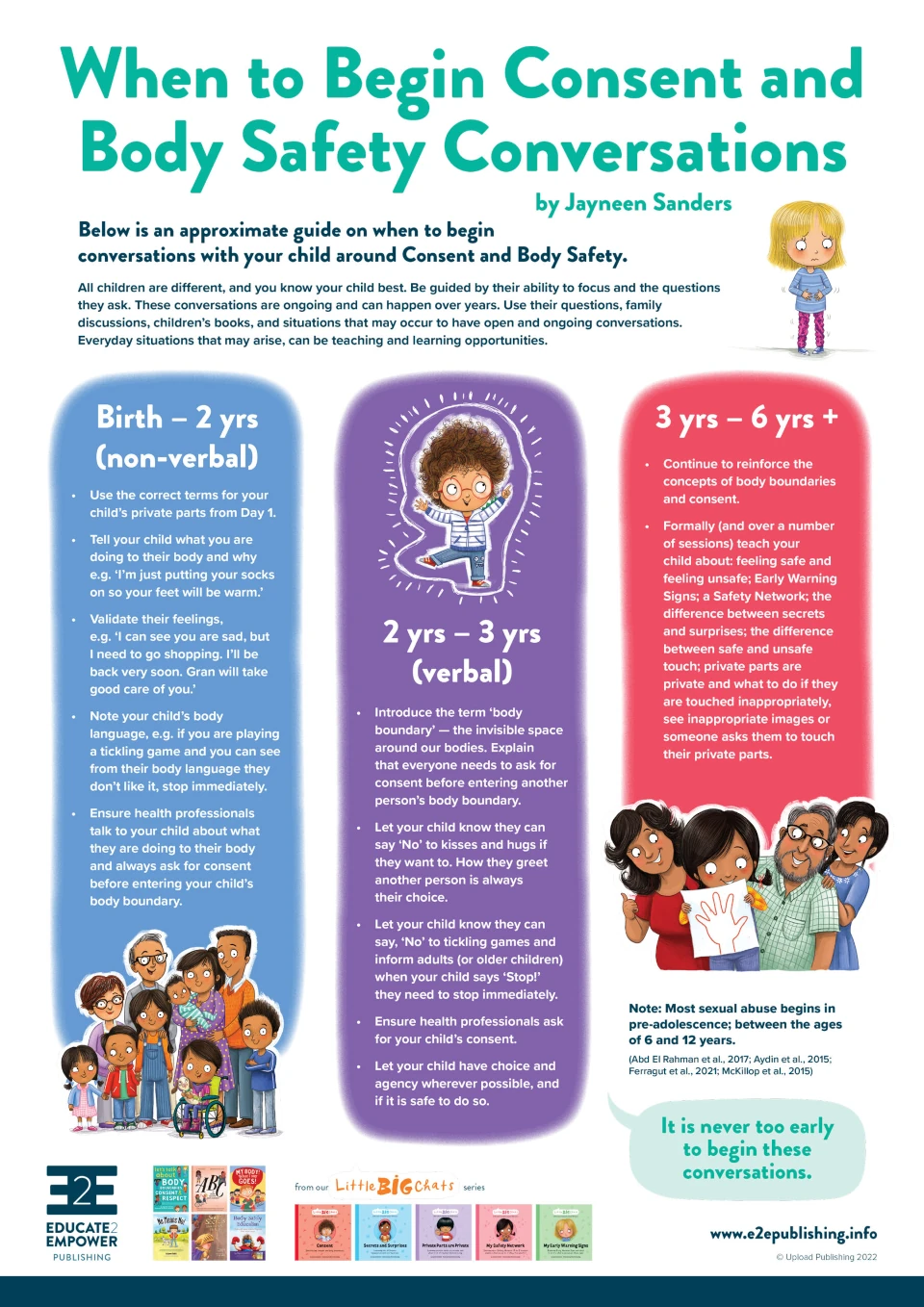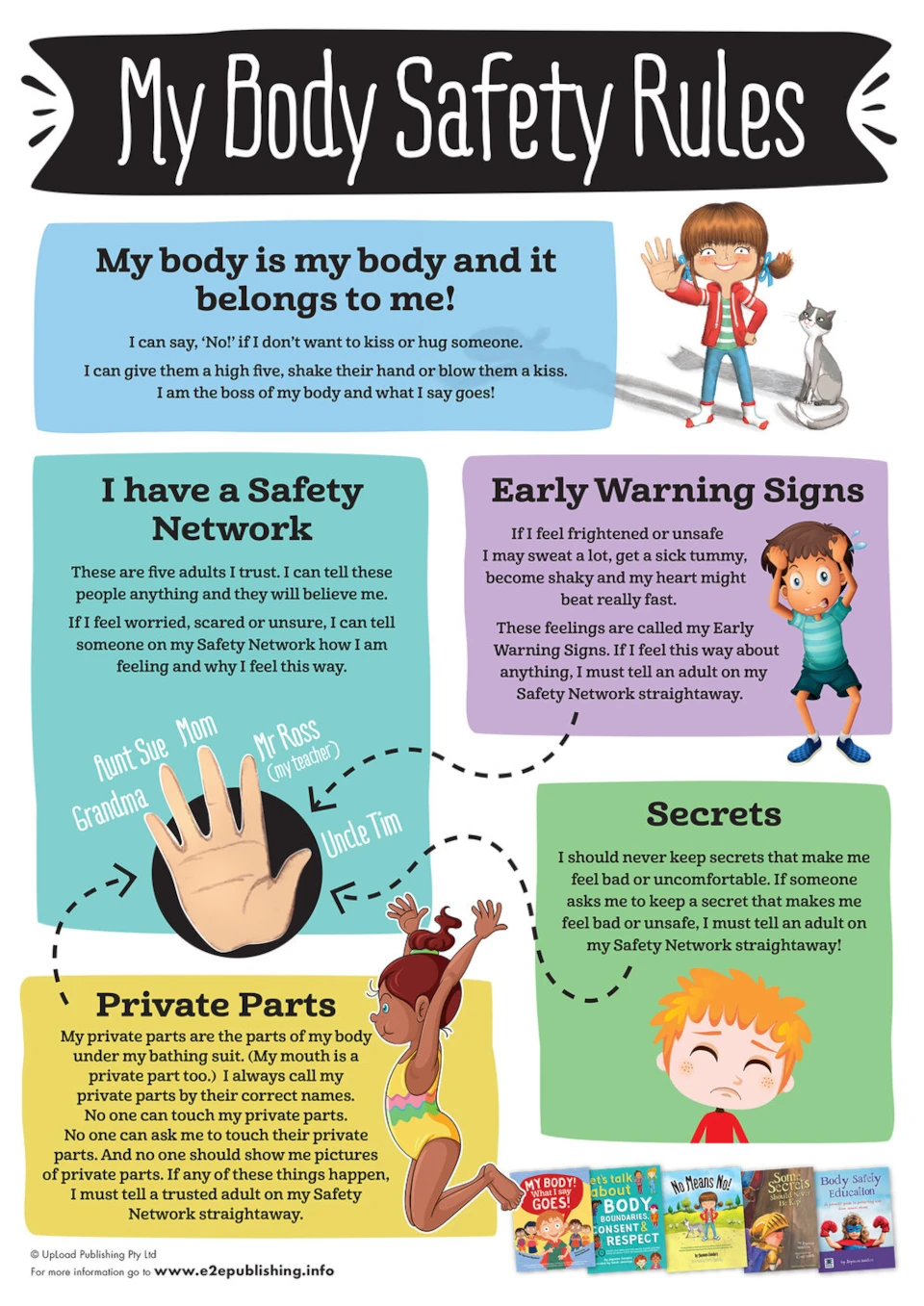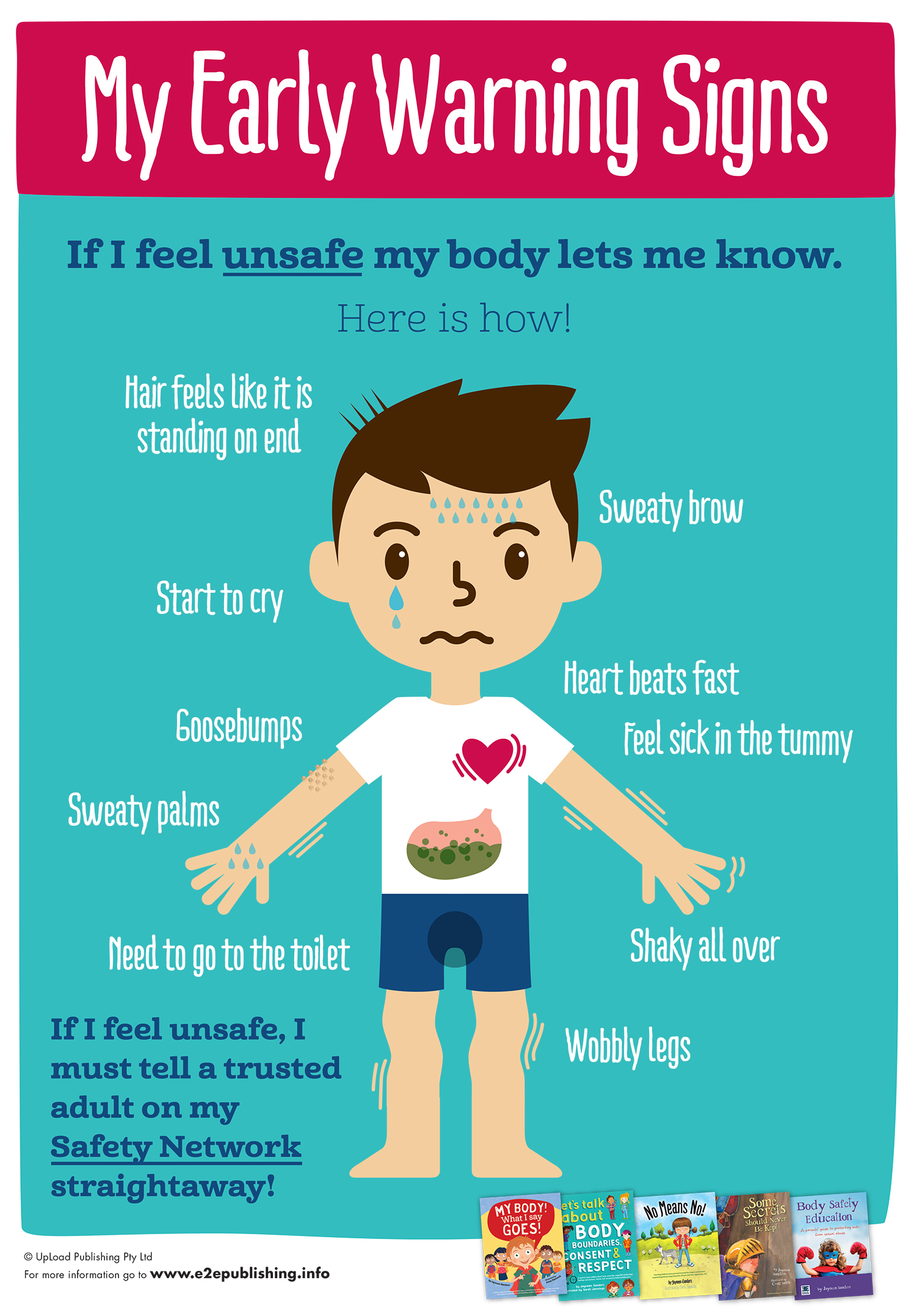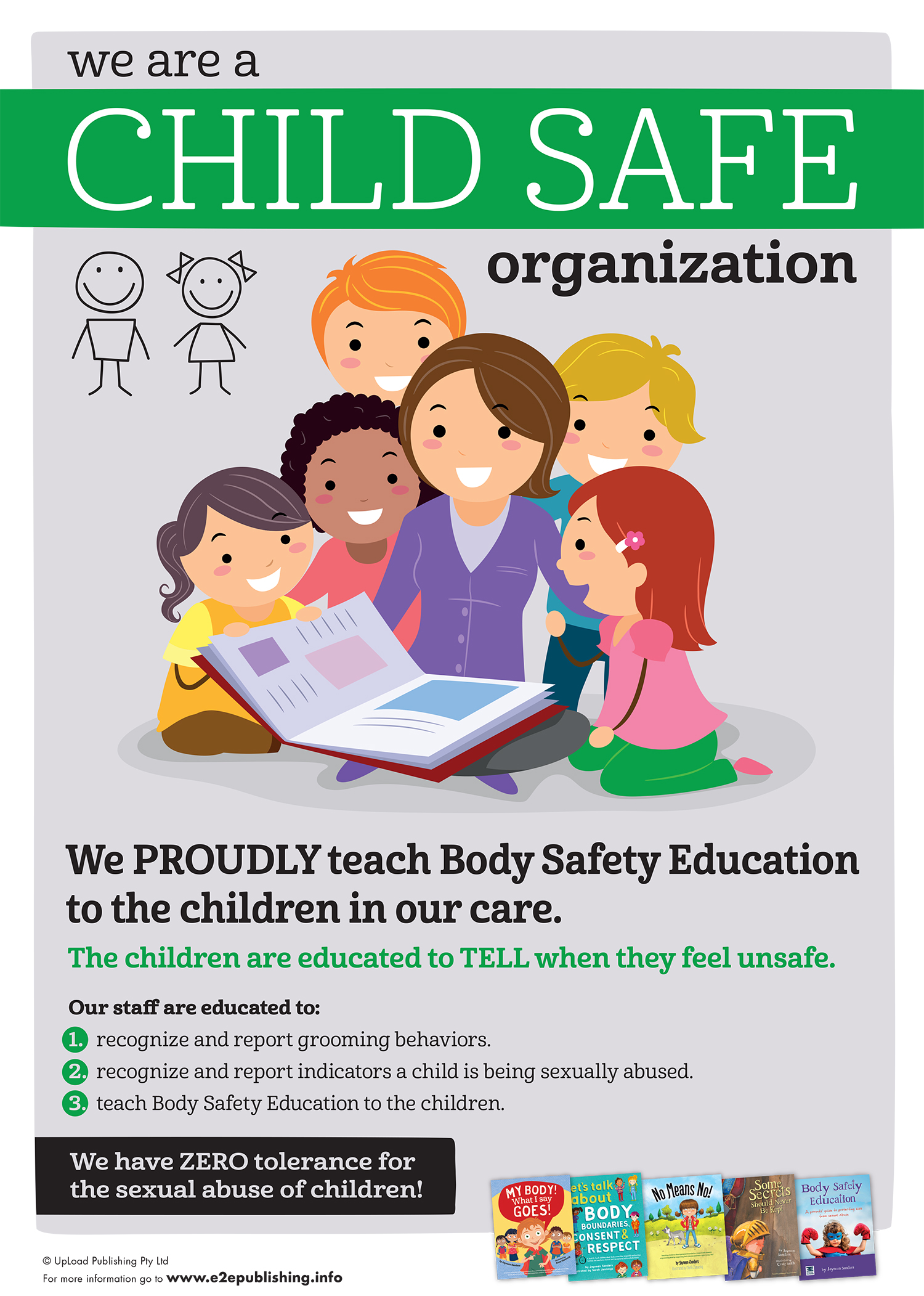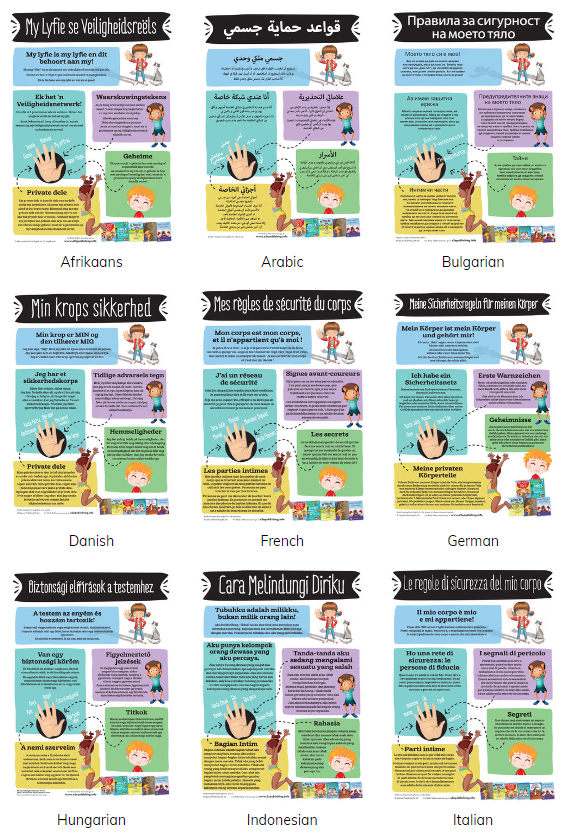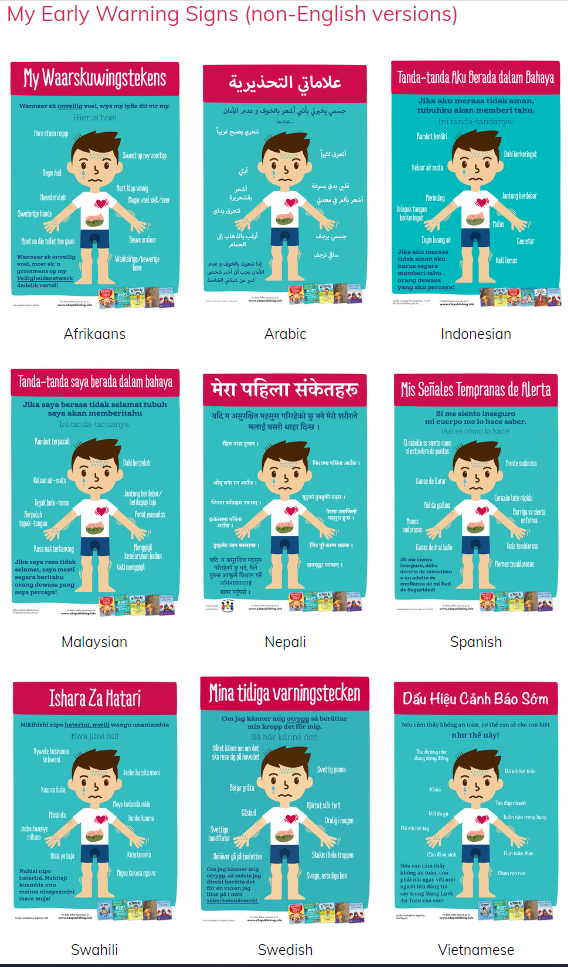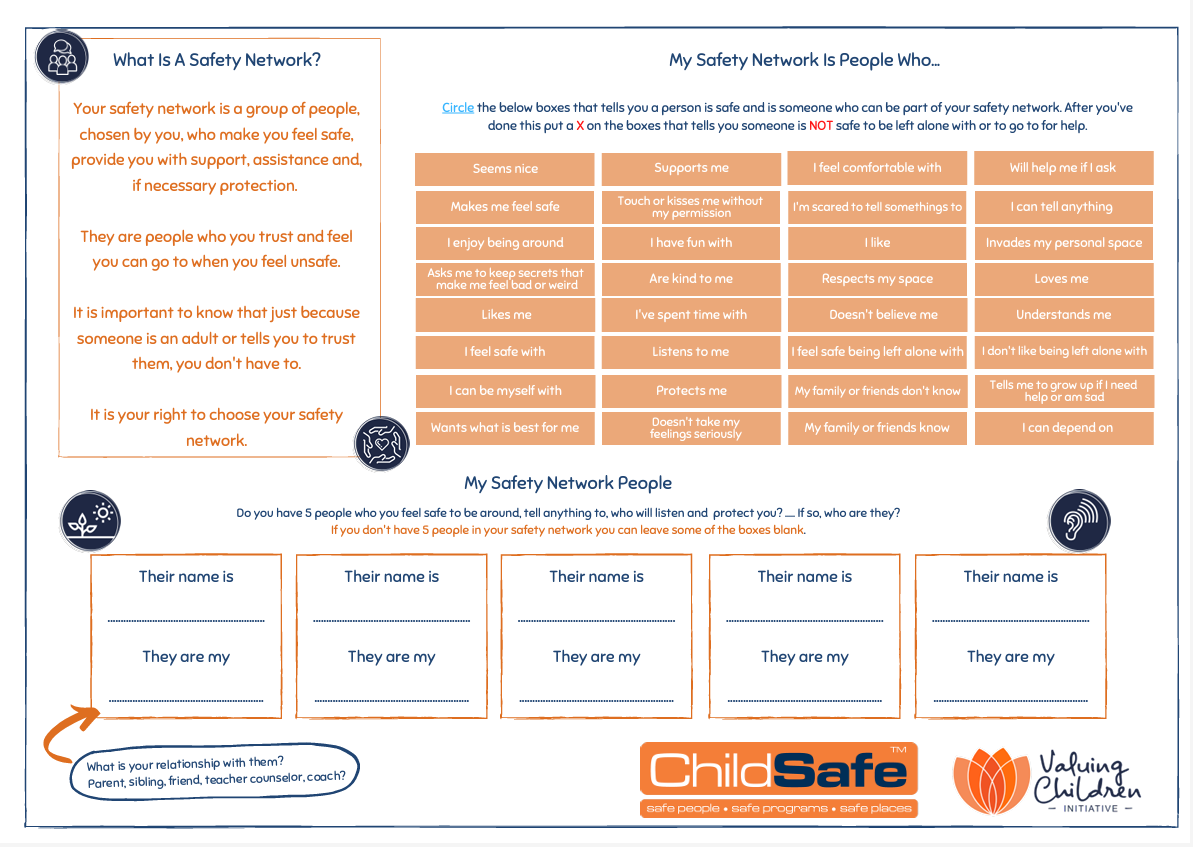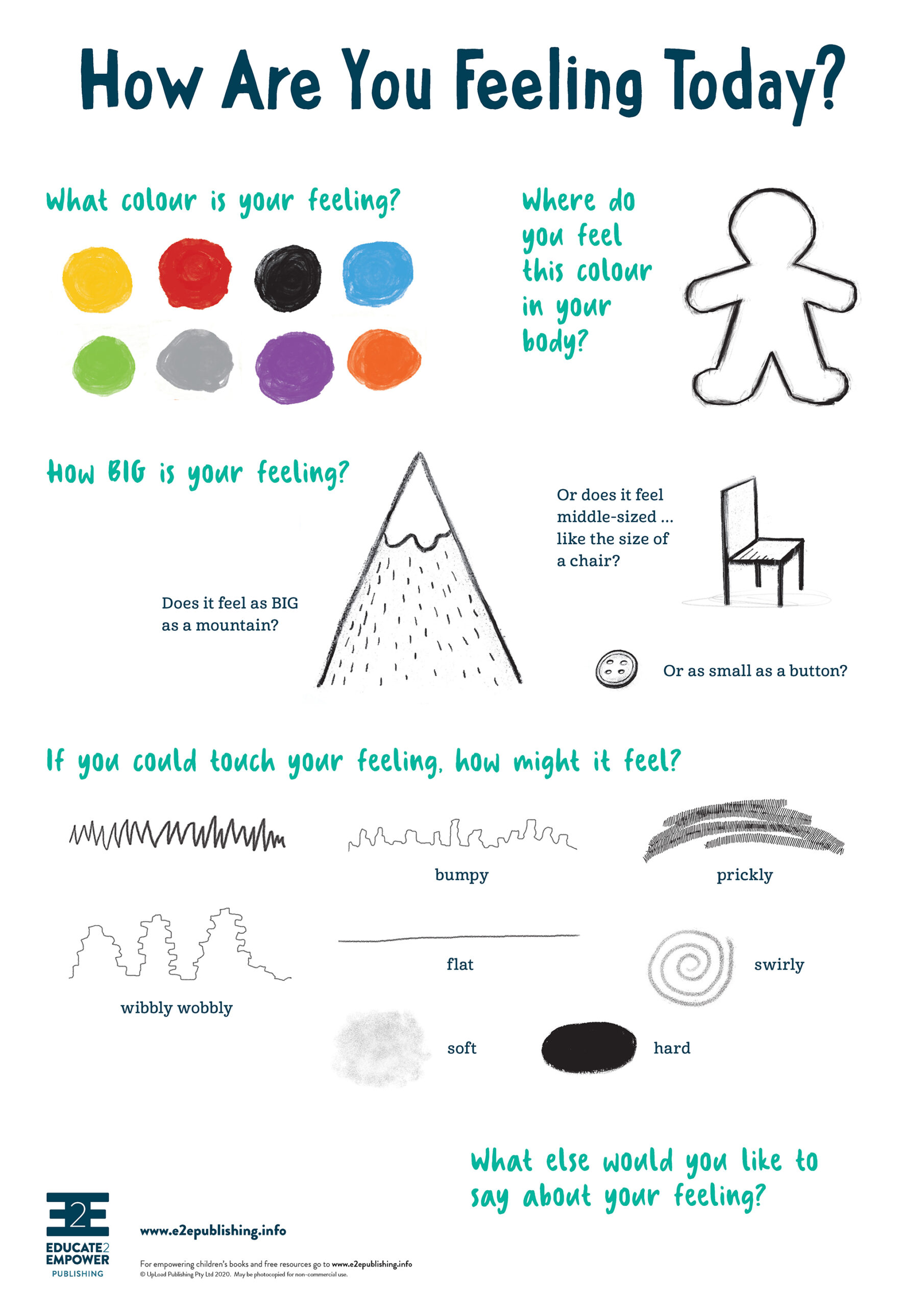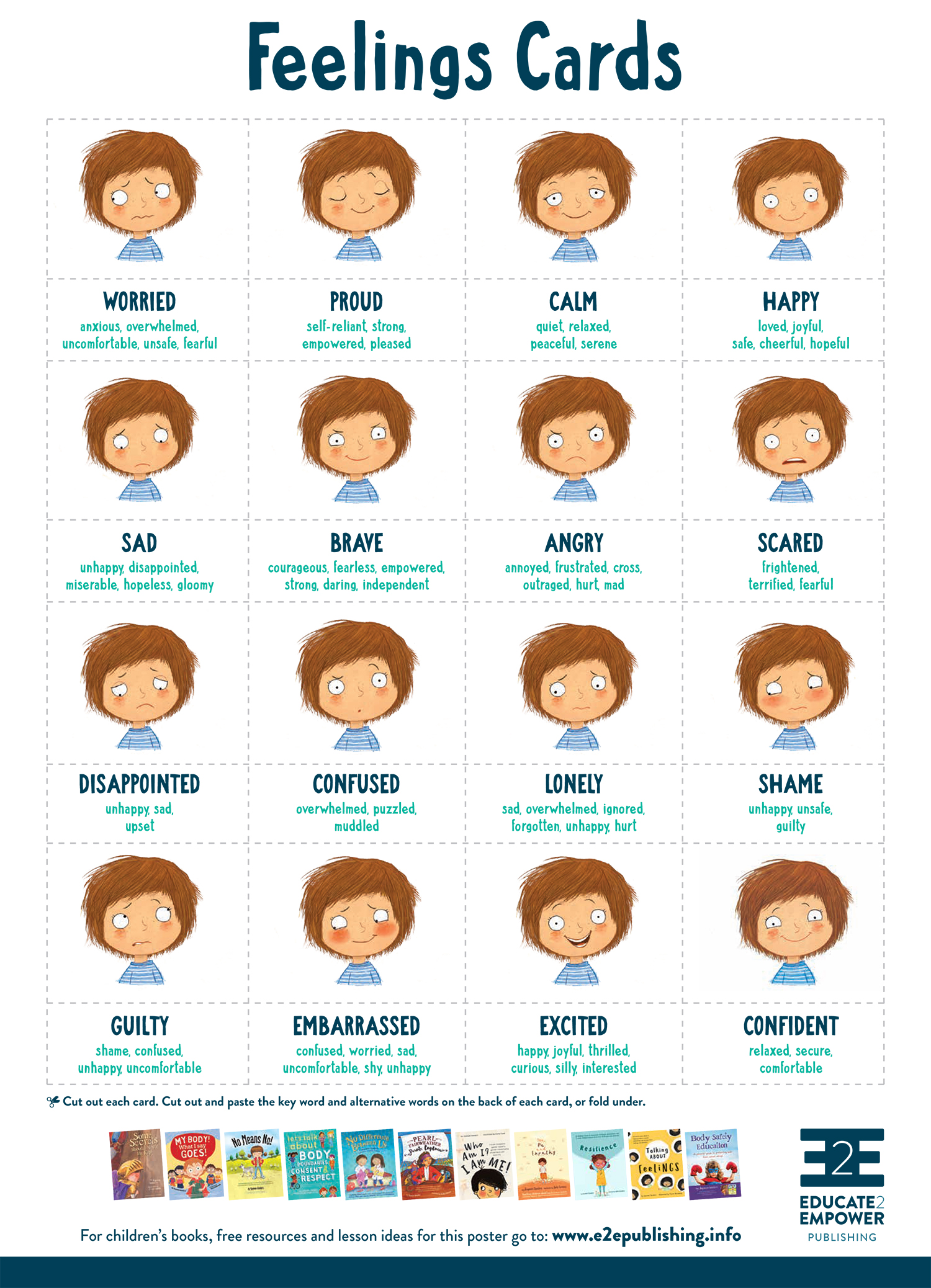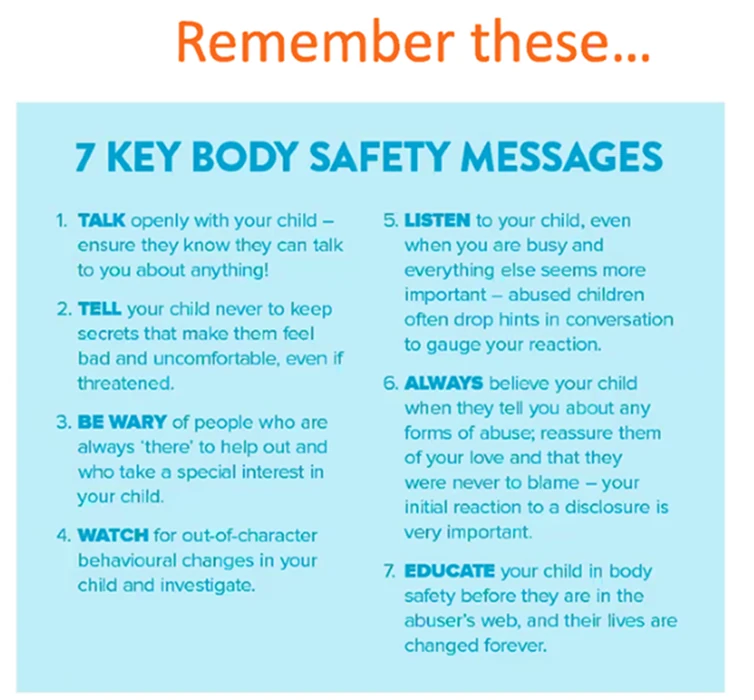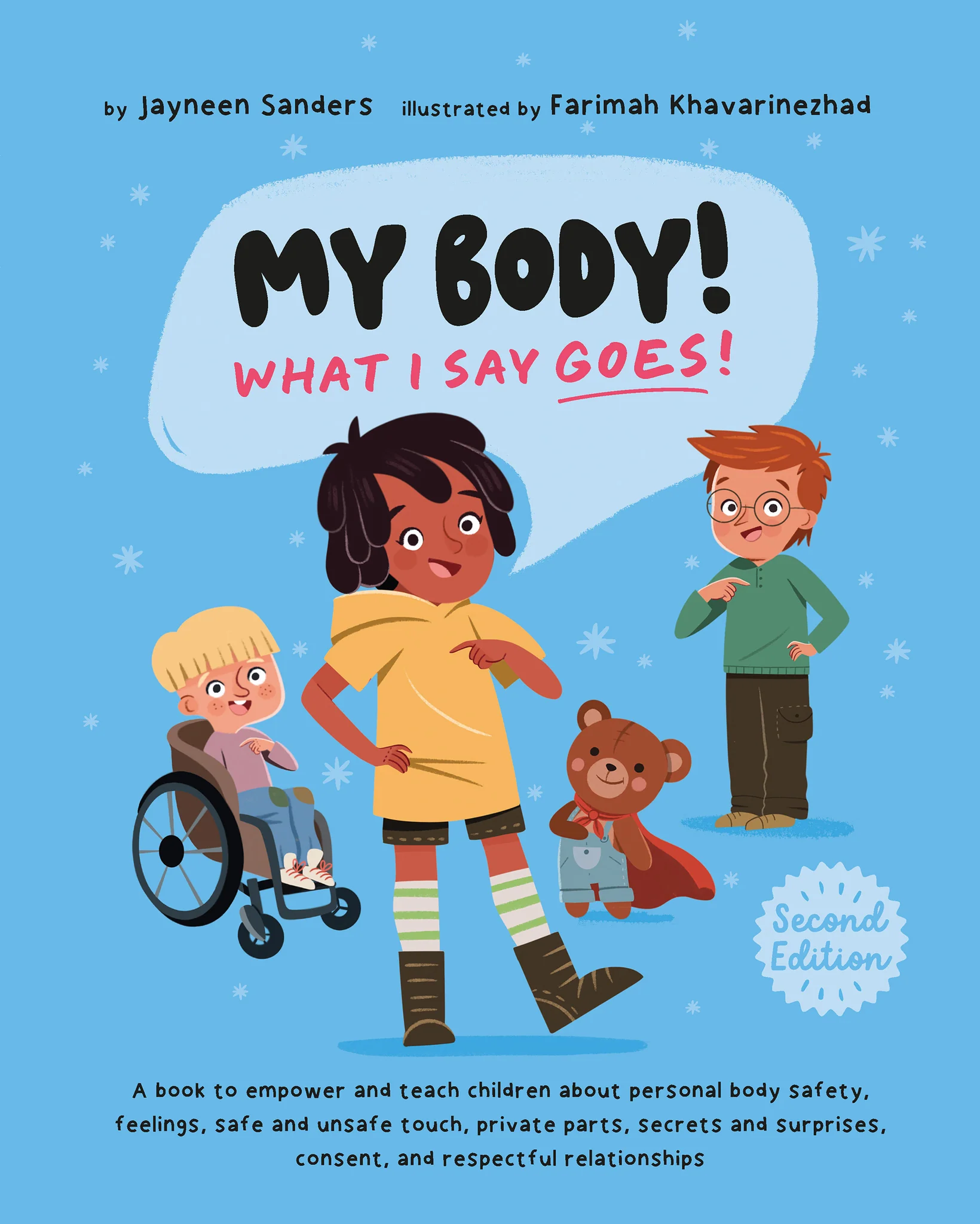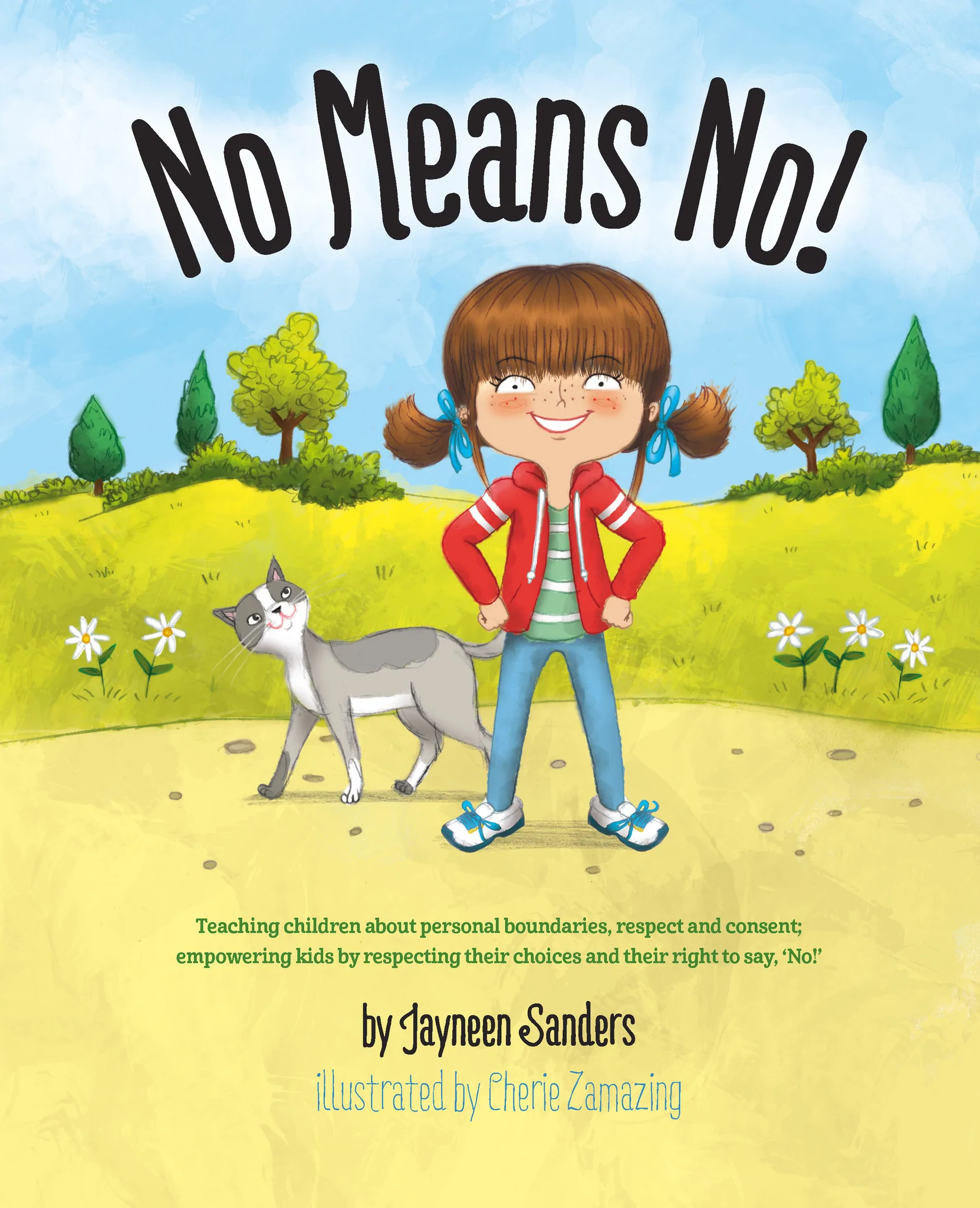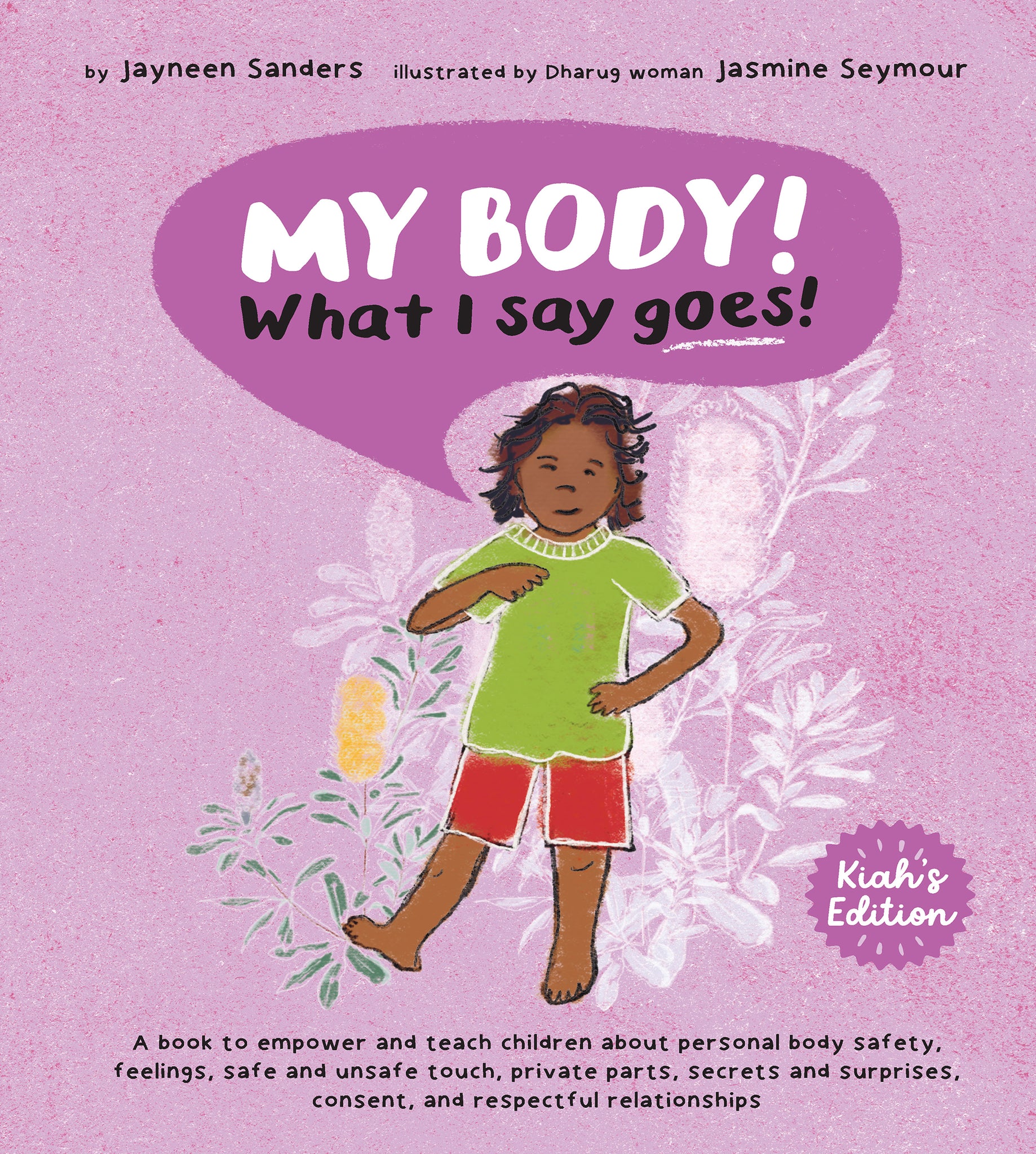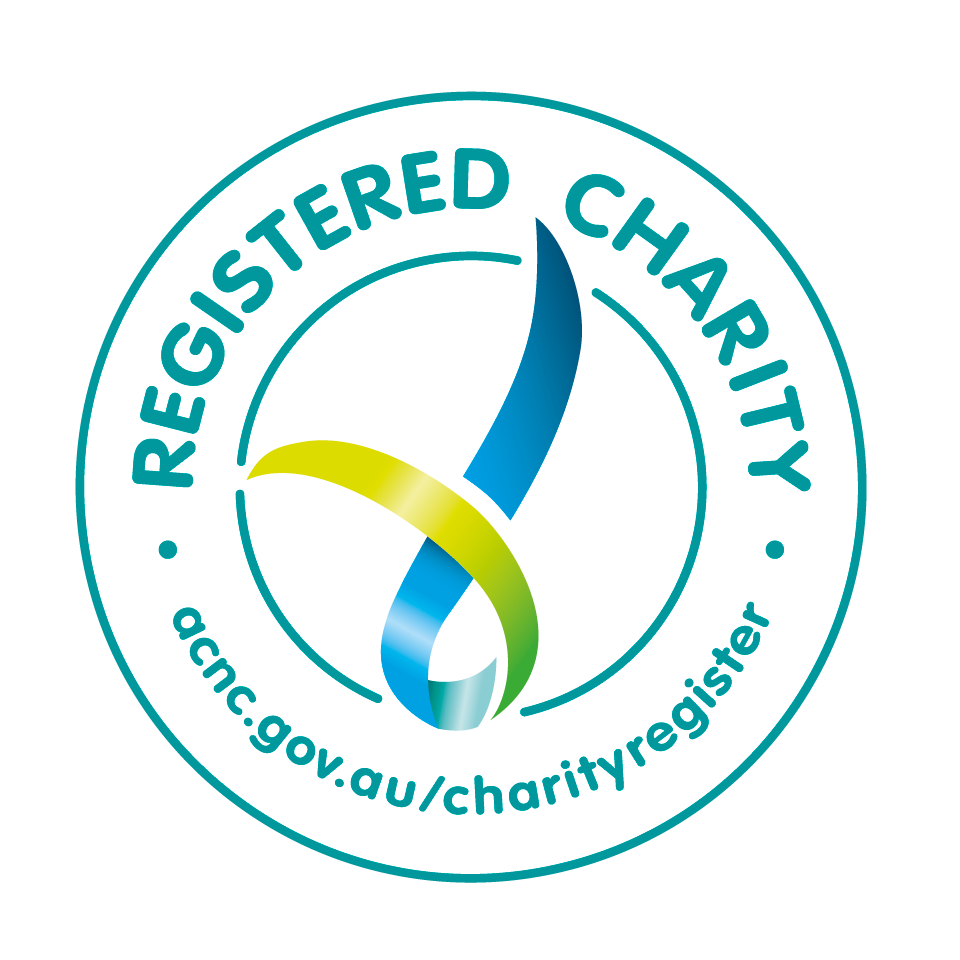In the tender years of childhood, cultivating an understanding of body safety is paramount. Just as we teach children to look both ways before crossing the street, it’s crucial to equip them with the knowledge of their bodily autonomy. Body safety education empowers children, helping them recognize and communicate about inappropriate behaviors or touch. By fostering this awareness, we’re not only protecting them from potential harm but also setting a foundation for healthy relationships and self-respect as they grow. It’s an essential life lesson that goes hand in hand with their overall well-being.
What is Body Safety Education about?
Designed to empower children to understand the 5 Body Safety Rules to help protect them from harm and abuse.
Developed by educator and author, Jayneen Sanders (AKA Jay Dale), this essential program for educators and parents will help you learn how to use the resources and, most importantly, how to teach and empower children with these important and practical safety practices.
Many people are uninformed as to what constitutes a body safety education program and fear that such a program would discuss sex and sexual abuse with their children. This is not the case. Where young children are concerned, body safety programs should be age-appropriate, non-threatening, and aim to teach children these basic points:
